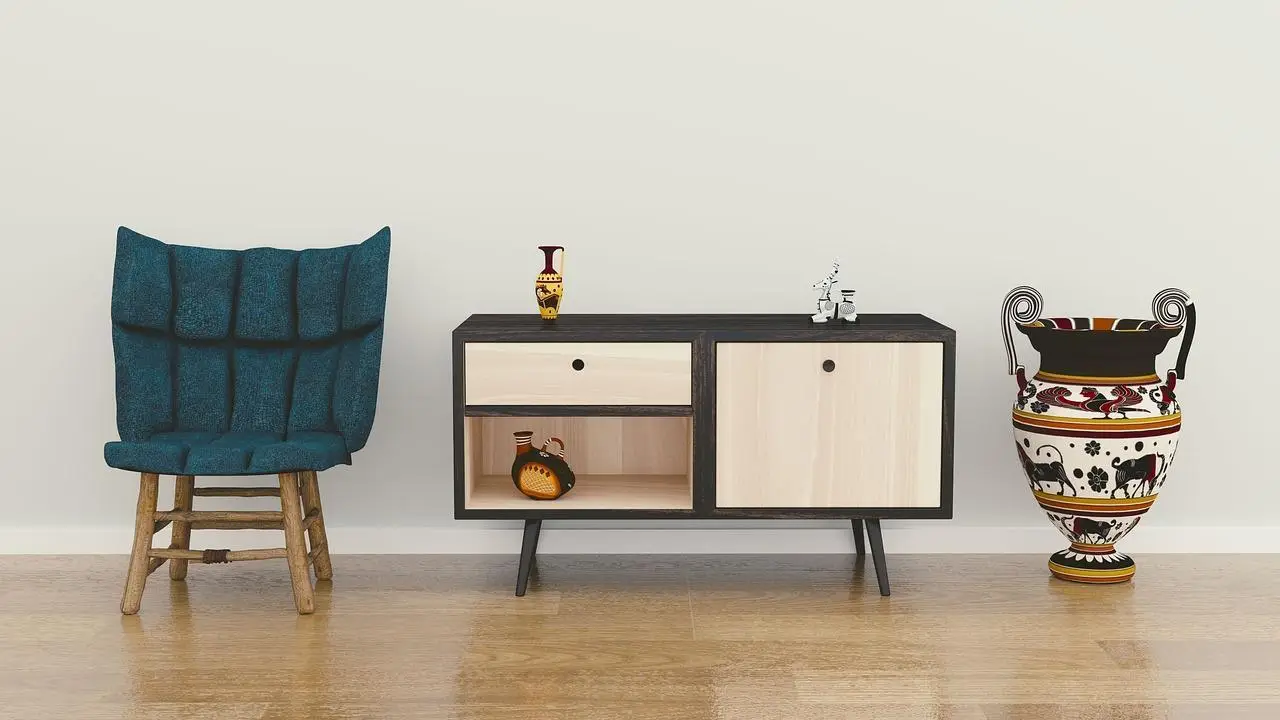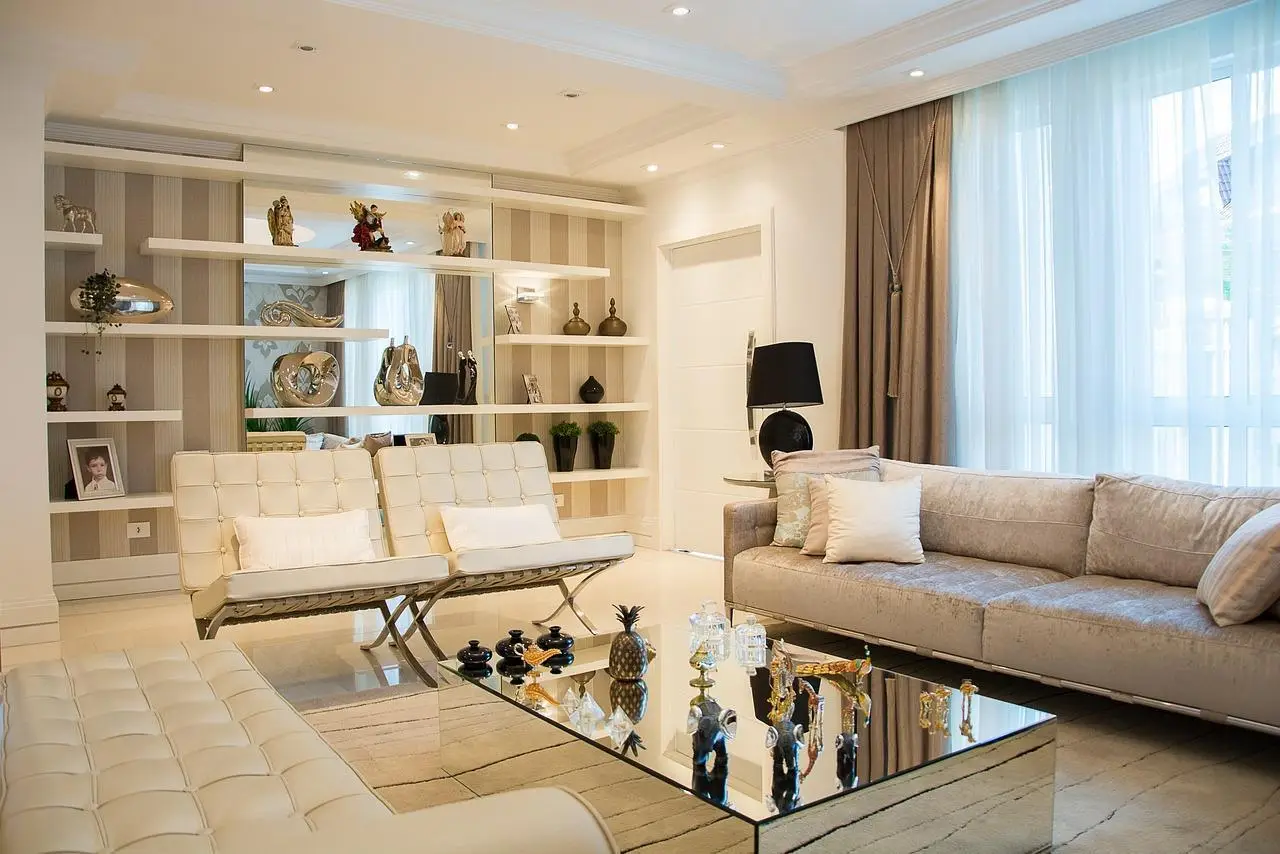The Forgotten Art of Creating Cozy Spaces for Meaningful Conversations
In today’s fast-paced, technology-driven world, the art of meaningful conversation often takes a backseat to screens and distractions. Creating cozy spaces designed for genuine connection can help bring people together, fostering deeper relationships and moments of shared understanding. Home improvement services can play a pivotal role in transforming your living spaces into inviting havens that encourage communication and togetherness.
This article explores the forgotten art of designing spaces that inspire meaningful conversations, offering practical tips and insights to help you create a warm and welcoming environment in your home.
Why Cozy Spaces Matter for Connection
The physical environment has a profound impact on how people interact. A thoughtfully designed space can make individuals feel comfortable, safe, and open to sharing their thoughts and feelings. Conversely, a cluttered or impersonal room can stifle conversation and create a sense of disconnection.
Cozy spaces are particularly important for fostering intimate conversations, whether with family, friends, or guests. These spaces signal warmth and hospitality, inviting people to relax and engage in meaningful dialogue. By prioritizing comfort and intentional design, you can create an atmosphere that nurtures connection and strengthens relationships.
The Key Elements of a Conversation-Friendly Space
To design a space that encourages meaningful conversations, it’s essential to focus on key elements that promote comfort, intimacy, and functionality. Here are some foundational aspects to consider when creating a cozy conversation area:
- Comfortable seating: Plush chairs, sofas, or cushions that allow people to sit for extended periods without discomfort.
- Thoughtful layout: A seating arrangement that facilitates face-to-face interaction and eye contact.
- Warm lighting: Soft, ambient lighting that creates a calming and inviting atmosphere.
- Personal touches: Décor elements like artwork, books, or family photos that add personality and warmth to the space.
- Noise control: A quiet environment free from distractions, such as background noise or excessive clutter.
By incorporating these elements, you can create a space that feels welcoming and conducive to heartfelt conversations.
Choosing the Right Furniture for Comfort and Functionality
Furniture plays a central role in creating a cozy and functional conversation area. The right pieces can transform a room into a haven for connection, while poorly chosen furniture can hinder interaction.
- Opt for seating with soft upholstery: Chairs and sofas with plush cushions and high-quality fabrics provide comfort and encourage people to linger.
- Choose versatile furniture: Ottomans, poufs, or benches can serve as additional seating or footrests, accommodating larger groups.
- Prioritize ergonomic design: Supportive seating ensures that guests remain comfortable during long conversations.
- Incorporate side tables: Small tables near seating areas allow for convenient placement of drinks, books, or other items.
Investing in the right furniture not only enhances the visual appeal of your space but also ensures that it meets the needs of those who use it.
The Role of Lighting in Setting the Mood
Lighting is a powerful tool for creating ambiance and setting the tone for meaningful conversations. The right lighting can evoke feelings of warmth and intimacy, making people feel at ease.
- Use layered lighting: Combine overhead fixtures, table lamps, and floor lamps to create a balanced and inviting glow.
- Opt for warm tones: Soft, yellow-hued lighting is more soothing than harsh, cool-toned light.
- Incorporate dimmers: Adjustable lighting allows you to tailor the brightness to suit the mood or time of day.
- Add candles or string lights: These elements add a touch of coziness and charm to any space.
By paying attention to lighting, you can create a space that feels both functional and emotionally inviting.
Arranging Furniture for Intimacy and Connection
The layout of your furniture can significantly influence how people interact within a space. An effective arrangement encourages face-to-face communication and minimizes physical barriers.
- Create a circular or semi-circular layout: This arrangement allows everyone to see and hear each other, fostering a sense of inclusion.
- Avoid placing furniture against walls: Pulling seating closer together creates a more intimate and conversational atmosphere.
- Leave room for movement: Ensure there’s enough space for people to move comfortably without disrupting the flow of conversation.
- Incorporate a central focal point: A coffee table, fireplace, or decorative rug can anchor the space and bring it together visually.
Thoughtful furniture placement can make your space feel more cohesive and inviting, encouraging deeper connections.
Incorporating Textures and Materials for Warmth
Textures and materials play a subtle yet important role in creating cozy spaces. Soft, tactile elements can evoke feelings of comfort and relaxation, making people feel more at home.
- Use plush textiles: Throw blankets, cushions, and rugs add layers of softness and warmth.
- Incorporate natural materials: Wood, stone, and woven accents create a grounding and organic feel.
- Layer textures: Combining smooth, rough, and soft textures adds depth and visual interest to the space.
- Choose neutral or warm colors: Earthy tones and muted hues create a calming and cohesive environment.
By thoughtfully selecting textures and materials, you can enhance the sensory experience of your space and make it more inviting.
Creating a Quiet and Distraction-Free Environment
Noise and distractions can disrupt the flow of conversation and make it difficult for people to connect. Designing a space that minimizes interruptions and promotes focus is essential for meaningful interactions.
- Soundproof the area: Use rugs, curtains, or acoustic panels to reduce noise from outside or adjacent rooms.
- Eliminate visual clutter: Keep surfaces tidy and free from unnecessary items that can distract the eye.
- Limit technology: Avoid placing TVs or other screens in the conversation area to encourage face-to-face interaction.
- Designate a specific space: Create a dedicated area for conversations, separate from high-traffic or noisy parts of the home.
A quiet and distraction-free environment allows people to fully engage in the moment and connect on a deeper level.
Adding Personal Touches to Reflect Your Style
Personal touches make a space feel unique and inviting, allowing it to reflect your personality and values. These elements can also serve as conversation starters, sparking deeper discussions and connections.
- Display meaningful items: Showcase family heirlooms, travel souvenirs, or artwork that holds sentimental value.
- Incorporate books or magazines: A curated selection of reading materials can inspire dialogue and provide a shared point of interest.
- Use plants or flowers: Greenery adds life and vibrancy to a space, creating a more relaxed and welcoming atmosphere.
- Customize décor: Choose pieces that align with your personal style, whether modern, rustic, or eclectic.
Personalizing your space ensures that it feels authentic and resonates with those who spend time there.
Outdoor Spaces for Meaningful Conversations
Don’t overlook the potential of outdoor areas for fostering connection. With the right design, patios, porches, or gardens can become ideal settings for meaningful conversations.
- Invest in comfortable outdoor furniture: Weather-resistant seating with cushions ensures comfort and durability.
- Incorporate lighting: String lights, lanterns, or fire pits create a cozy ambiance for evening gatherings.
- Add privacy elements: Use screens, plants, or fences to create a secluded and intimate atmosphere.
- Provide warmth: Outdoor heaters or blankets can extend the usability of the space during cooler months.
Outdoor spaces offer a refreshing change of scenery and can be just as inviting as indoor conversation areas.
The Lasting Impact of Cozy Conversation Spaces
Creating cozy spaces for meaningful conversations is about more than just aesthetics—it’s about fostering connection and building relationships. These thoughtfully designed areas encourage people to slow down, engage deeply, and share moments that truly matter.
By incorporating comfort, functionality, and personal touches into your home, you can transform any space into a haven for connection. Whether it’s a quiet corner in your living room or a welcoming outdoor patio, the effort you put into creating these spaces will have a lasting impact on the quality of your interactions and the memories you create with loved ones.









